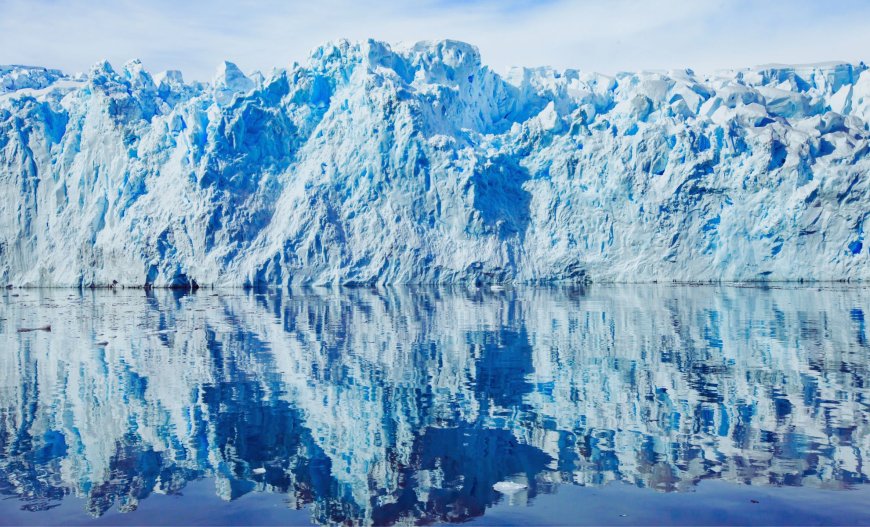Antarctica's Sea Ice Loss Accelerates: Scientists Uncover Alarming Trends
Recent data reveals a significant loss of sea ice in Antarctica, equivalent to the size of Greenland since 2015. The rise in salinity in the Southern Ocean has triggered the melting of sea ice from below, impacting global climate patterns, sea levels, and wildlife habitats.

Antarctica has seen a drastic environmental shift in recent years, leading to an alarming loss of sea ice. Scientists found that since 2015, Antarctica lost ice equivalent to the size of Greenland. Recent studies show a rise in salinity in the Southern Ocean, causing sea ice to melt from below. These changes have global implications for climate, sea levels, and wildlife habitats.
The reappearance of the Maud Rise polynya, a massive hole in the sea ice, indicates growing instability in the Southern Ocean. This instability could reshape the world's oceans and climate systems permanently.
The Southern Ocean's salinity has unexpectedly increased, weakening water stratification and allowing warmer ocean waters to melt sea ice. This feedback loop intensifies global effects like stronger storms and rising ocean temperatures.
The return of the Maud Rise polynya after 50 years signals unusual conditions that could reshape the planet. These changes impact global warming, extreme weather events, and Antarctic wildlife habitats.
Scientists urge robust monitoring systems to track Southern Ocean conditions and better predict future shifts. Continuous observation is crucial for understanding and mitigating the impact of these environmental disruptions.
What's Your Reaction?
 Like
0
Like
0
 Dislike
0
Dislike
0
 Love
0
Love
0
 Funny
0
Funny
0
 Angry
0
Angry
0
 Sad
0
Sad
0
 Wow
0
Wow
0












































































































































































